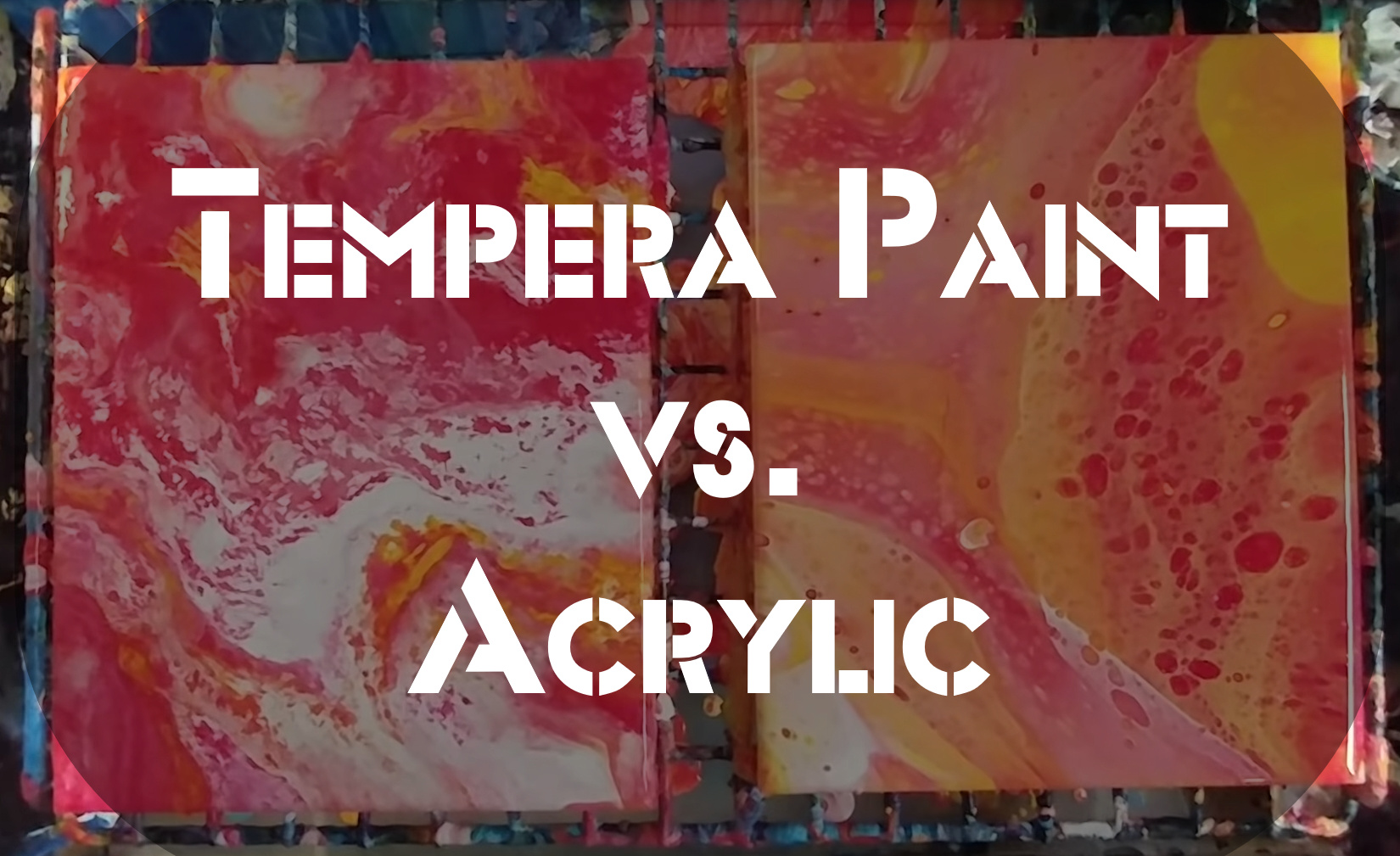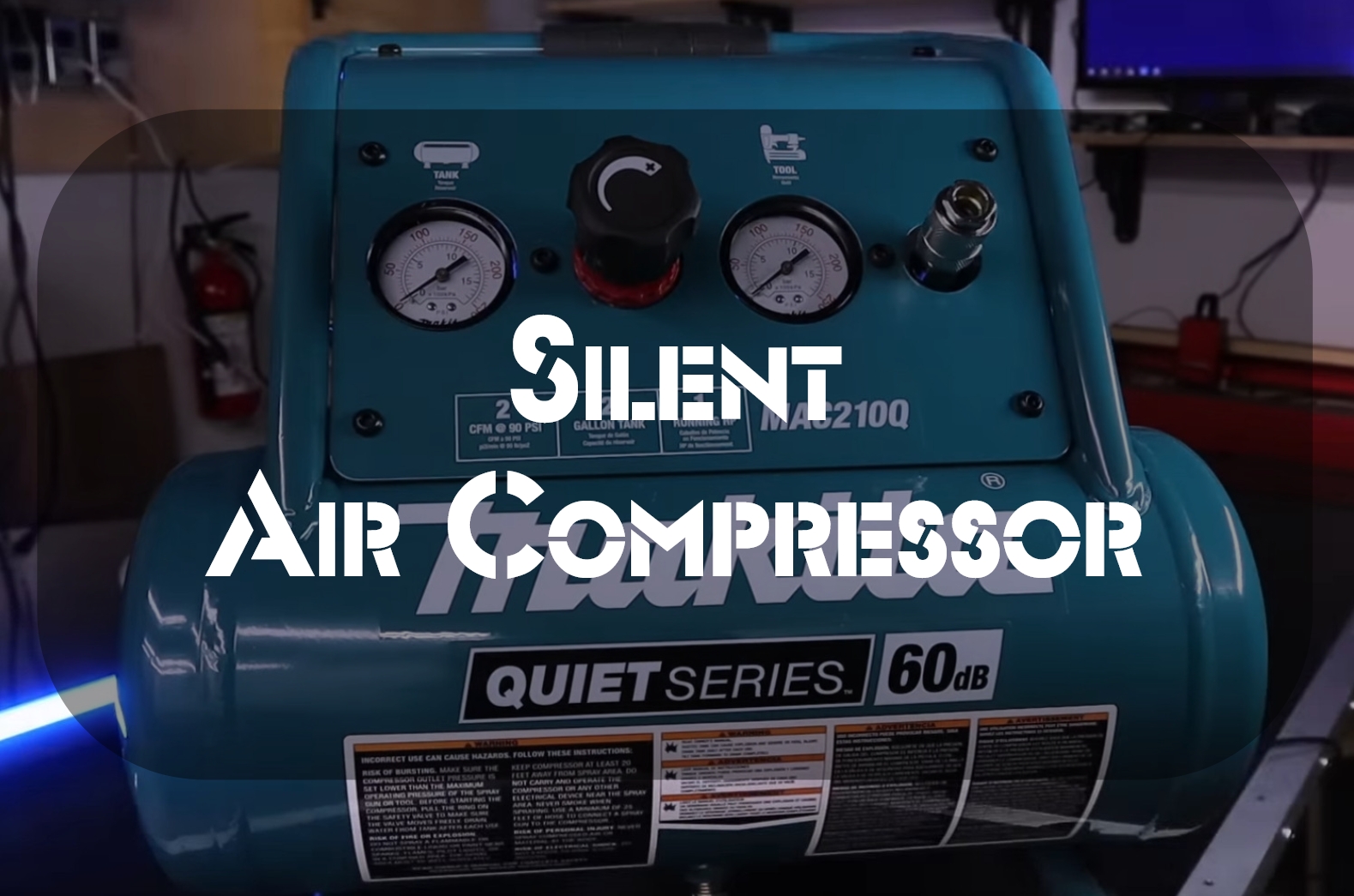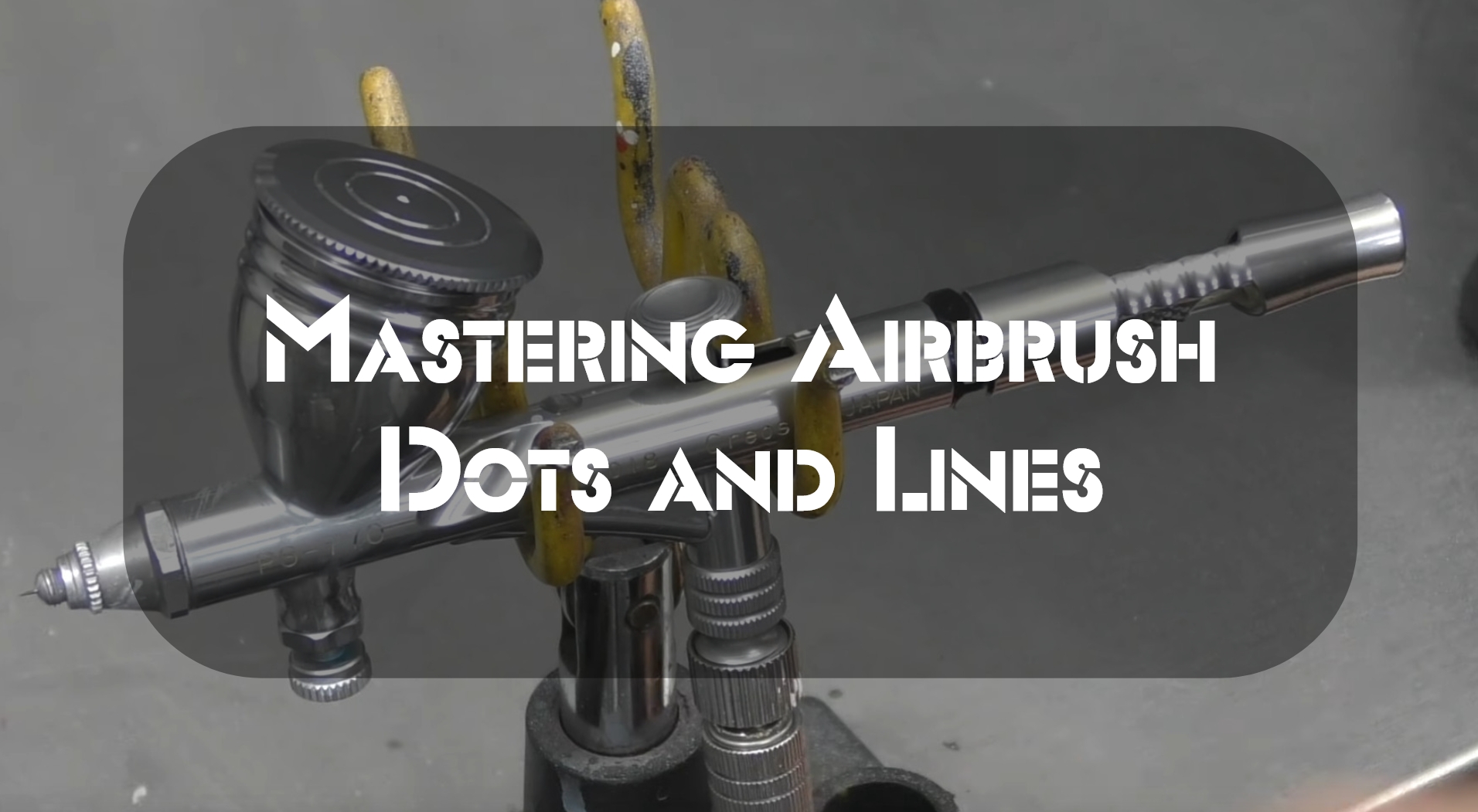Yo, what’s up guys! So, have you ever been stuck in the paint aisle, trying to decide between tempera and acrylic paints? Trust me, I’ve been there. And let me tell you, it’s a tough decision. But don’t worry, I got you covered. I’ve been painting for a while now and I’ve learned a thing or two about these two types of paint.
What Is Tempera Paint?
Tempera paint is water-based paint that has been around for centuries. It is made with pigment and a binder, typically egg yolk or casein. Tempera paint dries quickly and has a matte finish. It is non-toxic and safe for children to use. However, tempera paint is not as durable as acrylic paint and can fade over time.
- Consistency: Tempera paint is thicker than acrylic paint, making it more difficult to control on a canvas. It can also be challenging to get an even coat of tempera paint.
- Color: Tempera paint comes in a limited range of colors. You may be able to find more colors if you purchase tempera paint from a specialty art store. However, the colors available in tempera paint are not as vibrant as the colors available in acrylic paint.
- Durability: As mentioned above, tempera paint is not as durable as acrylic paint. It is susceptible to fading and chipping. If you want your painting to last for many years, you should choose acrylic over tempera.
- Mixing: You can mix tempera paint with water to thin it out. You can also add more pigment to tempera paint to make it darker.
- Permanency: Tempera paint is not permanent. Once it dries, it can be reactivated with water. This means that you can easily change your painting after it has dried.
- Cleanup: Cleanup is easy with tempera paint. Just use soap and water.
- Cost: Tempera paint is typically less expensive than acrylic paint. However, the price of tempera paint will vary depending on the brand and where you purchase it.
Tempera Paint is Best Used On
- Paper: Tempera paint is best suited for absorbent surfaces like paper.
- Wood: You can also use tempera paint on wood, but it’s not as durable as acrylic.
- Metal: Tempera paint adheres well to metal surfaces.
- Glass: You can use tempera paint on glass, but it’s not the best option.
- Newspaper Print: The paint will adhere to the print, but it’s not the best option.
- Cardboard: Tempera paint is best suited for absorbent surfaces like cardboard.
- Papier-Mâché: Tempera paint is best suited for absorbent surfaces like papier-mâché.
- Poster Boards: Tempera paint is best suited for absorbent surfaces like poster boards.
- Finger and Sponge Painting: Tempera paint is best suited for porous surfaces like paper. It’s also good to use tempera paint for finger and sponge painting.
What Is Acrylic Paint?
Acrylic paint is also water-based, but it was only invented in the 1940s. Acrylics are made with pigments suspended in an acrylic polymer emulsion. This type of paint dries quickly and can be either glossy or matte. Acrylics are more versatile than tempera paints because they can be used on various surfaces. They are also more durable and fade-resistant.
- Consistency: Acrylic paint is thicker than watercolor but thinner than oil paint.
- Color: Acrylic paint comes in various colors, including both opaque and transparent colors.
- Drying Time: Acrylic paint dries quickly, usually within an hour.
- Durability: Acrylic paint is more durable than tempera paint. It is also more resistant to fading.
- Mixing: Acrylic paint can be mixed with other acrylic colors or water.
- Permanency: Acrylic paint is permanent when it dries.
- Cleanup: Acrylic paint can be cleaned up with soap and water.
- Cost: Acrylic paint is more expensive than tempera paint, but it is still relatively affordable.
Acrylic Paint is Best Used On
- Paper: You can use acrylic paint on any paper, but the thicker, the better.
- Canvas: Acrylic paint is also an excellent option for canvas.
- Wood: Acrylic paint can be used on wood, but it must first sand and prime the wood.
- Glass: You can use acrylic paint on glass, but you’ll need to buy special Glasstac or Glassline pens.
- Metal: Acrylic paint can also be used on metal, but you’ll need a primer first.
- Fabric: Acrylic paint can be used on material, but you’ll need to use a fabric medium first.
- Ceramic: You can use acrylic paint on ceramic, but you need to use a primer first.
Tempera vs. Acrylic Paint – Pros & Cons
Tempera – Pros & Cons
- Water based
- Easy cleanup
- Fast drying time
- Inexpensive
- Easy to paint over or remove
- Great for paper-based projects
- Wide variety of colors
- Allergen free
- Nontoxic
- Not permanent
- Not suitable for all surfaces
- Thick layers may crack when drying
- Stays water soluble even when dry
- Colors may fade
Acrylic – Pros & Cons
- Fast drying time
- Versatile
- Permanent
- Variety of vibrant colors
- Fast drying time
- Can contain toxic chemicals
- Permanent
- Can be messy
Tempera vs. Acrylic Paint
- Semi-permanent
- Easy to clean up
- Nontoxic
- Typically milky consistency
- Works well on paper projects
- Permanent once dry
- Can be difficult to remove
- Can contain toxins
- Available in different consistencies
- Can be used on many surfaces
You might also like our article how long does acrylic paint take to dry.
Is Tempera Paint Or Acrylic Paint Good For Miniature Painting?
If you need highly durable paint that can withstand a lot of abuse, then acrylic is the way to go. However, if you’re looking for better paint that’s easier to work with and produces brighter colors, tempera might be better.
Here are some things to keep in mind when deciding which type of paint to use:
- Cost: Tempera color is typically much cheaper than acrylic paint, so it’s a good choice if you’re on a budget. Acrylic paint is more expensive, but it also tends to last longer.
- Viscosity: Acrylics are thicker than tempera paints, making them more challenging to work with. If you’re new to painting, tempera might be a better choice because it’s easier to control.
- Color: Tempera paint generally produces brighter colors than acrylics. However, this isn’t always the case, so it’s essential to test out both types of paint before deciding.
- Drying Time: Acrylics dry very quickly, while tempera paints take longer to dry. This is something to keep in mind if you’re working on a large project and need the color to dry quickly.
You might also like our article chameleon paints.
How to Make Tempera Paint Permanent?
Is it possible to make tempera paint permanent? The answer is yes, and I am here to show you how, based on my own experience.
Let’s explore a four-step process to create a long-lasting, permanent tempera paint. It might take some time and patience, but the results are worth it.
Step 1: Grinding Your Pigments into a Fine Powder
Based on my tests, the first step in making your tempera paint permanent is grinding the pigments into a fine powder. Start by purchasing dry tempera pigments, readily available at most art stores or online.
To grind the pigments, you can use a mortar and pestle, a coffee grinder, or even a food processor on its lowest setting. My findings show that the goal here is to achieve a soft, fine powder. Ensure the pigments are thoroughly ground before progressing to the next step.
Step 2: Mixing the Pigments and Water into a Paste
After experimenting with it, I found that once your pigments are ground into a fine powder, it’s time to mix them with water to form a paste. The consistency of the paste will vary depending on the type of pigment you are using.
Combine the pigments and water in a bowl, stirring until the pigments are fully dissolved. According to my experience, achieving the perfect paste consistency might require adding more or less water. Once the paste is formed, set it aside.
Step 3: Making the Yolk Medium
My investigation has shown that the third step involves creating the yolk medium, which acts as a binder for the pigment paste, making it permanent. Here’s how to do it:
- Combine one part linseed oil with three parts egg yolk in a small jar.
- Slowly add the oil into the egg yolk, stirring continuously until well combined.
- Once the oil is fully incorporated, add three parts of water to the mixture and stir until smooth.
Step 4: Combining the Pigment Paste and Yolk Medium
In this final step, based on my observations, combine the pigment paste and yolk medium. Add the pigment paste to the yolk medium and stir until a smooth consistency is achieved. Work quickly, as tempera paint dries fast!
And there you have it! After trying this product, I can affirm that once your paint is mixed, it can be used like any other paint, with one difference — it is now permanent and resistant to fading. So, get your paintbrush ready and let your creativity flow with your newly created, permanent tempera paint.
And yes, I did test the product! Through trial and error, I found that this method effectively transforms tempera paint into a long-lasting, vibrant medium. So give it a shot, and experience the joy of creating art that will stand the test of time.
You might also like our article how to restore dried out paints.
Conclusion
So, what is the verdict? Tempera paint or acrylic paint? If you are looking for a durable, long-lasting painting, acrylic is the way. However, if you want a quick and easy project that will be fun for the whole family, tempera might be better.
FAQs
Can I Mix Acrylic And Tempera Paint?
No, you cannot mix acrylic and tempera paint. The two types of color are not compatible with each other and will not work together.
If you want to use both types of paint in your painting project, you will need to use two separate containers – one for the tempera paint and one for the acrylic paint. You will also need to use two different brushes or clean your brush thoroughly between each type of paint.
How do Tempera and Acrylics Are Alike?
Acrylic paint is often used to create various art forms, from portraiture and landscapes to children’s books. It is unique because it dries completely matte. This is unlike watercolor paintings, which have subtle gradients compared with other types such as gouache or egg tempera paints. Acrylic Paints offer a noticeable finish; with nozzles, you can quickly cover large surfaces without making mistakes!
Is Tempera or Acrylic Better for Canvas?
Tempera dries quickly and doesn’t require a primer, making it ideal for quick sketches or paintings. It’s also non-toxic and safe for children to use. However, tempera can be challenging to work with on larger canvases because it quickly dries. And once it dries, it isn’t easy to re-wet and work with again.
Acrylic dries slowly, so you have more time to work with it. It also adheres well to surfaces, making it a good choice for larger canvases. Acrylic is also non-toxic and safe for children. However, because it’s a synthetic polymer, some people are allergic to it. And like tempera, once acrylic dries, it isn’t easy to re-wet and work with again.
Which is better for you? Tempera is a good choice if you’re looking for a quick and easy medium for small canvases. If you’re looking for a medium that you can work with on larger canvases, acrylic is better. And if you’re allergic to synthetic polymers, tempera is the better choice.
Hey there! I’m Richard Baker, a miniature painter who’s been in the game for a solid decade now. I’ve been painting miniatures for ten years and I’ve got a ton of tips and tricks to share with you all. My website is a treasure trove of knowledge that I’ve gathered from both my own personal experiences and from reading all sorts of books.





Leave a Reply